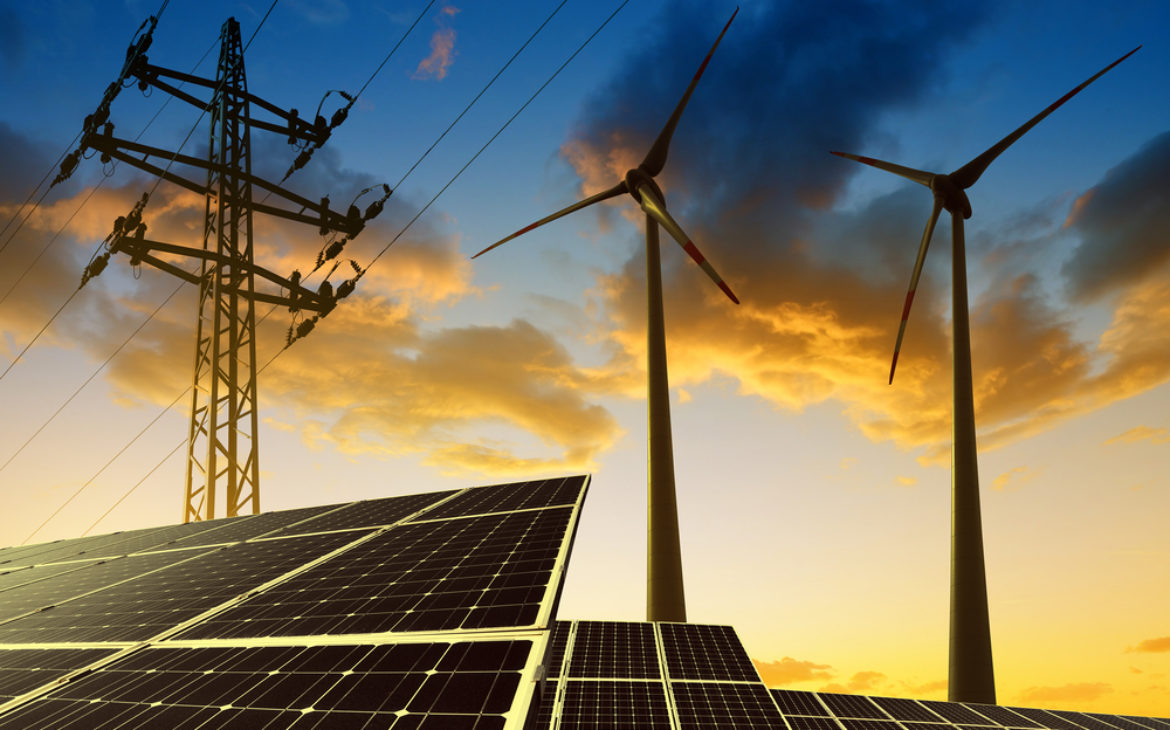According to a new report by the International Energy Agency (IEA), almost all of the world’s new electricity supply in the next few years will come from renewable sources and nuclear power, displacing fossil fuels and curbing climate pollutants from electricity generation.
By 2025, it is anticipated that more than 90% of the world’s additional electricity demand will be met by carbon pollution-free energy sources. The majority of that will originate from renewable sources, including solar, wind, and hydropower. Nuclear power is also seeing a modest resurgence, reinforcing the Agency’s preference for carbon-free power.
These gains should reduce the dominance of fossil fuels in electricity production. After peaking in 2022, carbon dioxide emissions from the power sector may finally stabilize or decline. “We are close to a tipping point for power sector emissions,” said IEA Executive Director Fatih Birol in a press release.
The IEA projects renewable energy to account for 35 percent of global electricity production by 2025. That would give it a slim edge over coal,whose share of power generation is expected to drop to 33 percent during the same time frame. With a modest but steady increase, nuclear energy now supplies 10% of the world’s power, compared to 20% from gas.
As nearly every country on the globe tries to meet the clean energy targets set by the Paris Agreement, the global electricity mix is shifting. In order to limit global warming to the goals set out in that agreement, zero greenhouse gas emissions are required by 2050. This is also helped by the fact that solar and wind power have become extremely affordable, becoming the cheapest means of generating electricity in most of the world.
However, climate change is already ravaging our energy infrastructure through more extreme weather conditions. Power generation from wind, solar, and water changes with the seasons. Hydropower in particular was hit hard by the drought in the USA, Europe and China last year. The drought has also restricted the use of nuclear power in France, as some plants utilize river water to cool their reactors.
Bad weather increases demand for electricity to maintain an optimal home temperature. This can be a recipe for disaster when peaks in demand coincide with supply shortages during extreme heat and cold. In the worst case scenario, power outages occur; depriving people of heat and air conditioning when they most need it.
The aforementioned difficulties show that electricity supply and demand are increasingly dependent on the weather, the IEA emphasizes in its report. Thus, there is increasing pressure on power grids to become cleaner and more resilient – fast.
